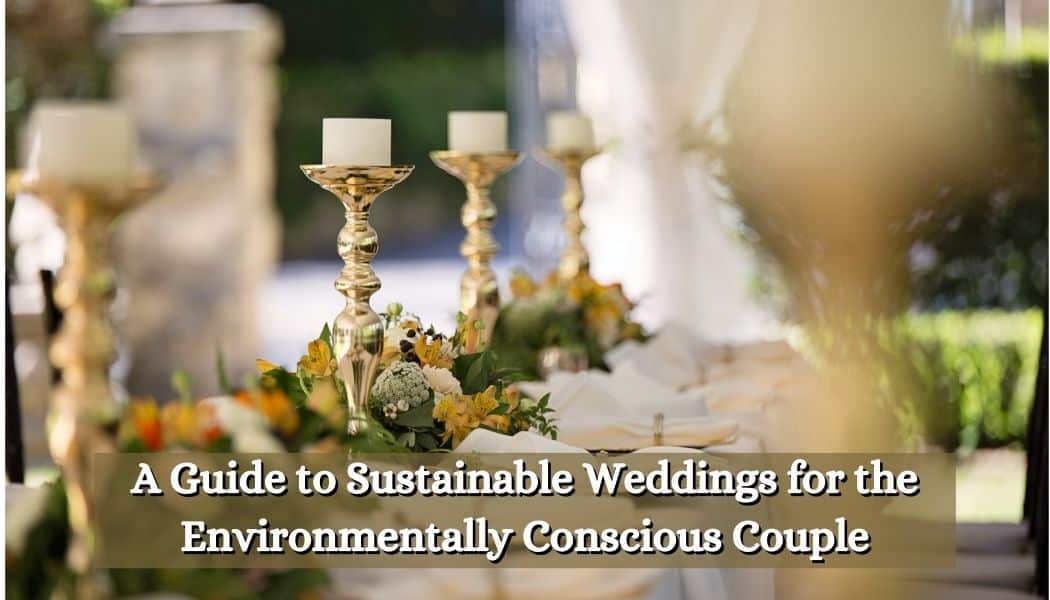
Weddings, weddings, weddings. Most couples, if not all, look forward to this once-in-a-lifetime event that signifies their readiness and commitment to embark on a new journey in their lives, not just as two individuals but as one unit joined in love.
Couples exert great efforts to ensure that everything goes as planned, from the conception stage to the ceremony to the reception, so that everyone in attendance can leave the event with happy memories that stay forever.
But memories of happy times are not the only things left behind after weddings. Due to the grand scale of weddings, people spend a lot of money and use plenty of resources. Because of this, weddings can leave behind a significant amount of waste, which might deter environmentally conscious couples.
Fortunately, there are many ways to reduce waste produced and the impact on the environment of a wedding ceremony and reception. Read on for tips on how to make your wedding more sustainable and eco-friendly.
Table of Contents
Consider a minimalist wedding theme!
Having a minimalist wedding involves stripping away the frills of the wedding event and retaining only what you believe to be the essential parts. This is so you and your guests can focus on the ceremony’s purpose, which is to celebrate the union of two people. By simplifying the wedding program and opting for clutter-free decorations, you can reduce the resources used and the waste generated after the event.
Consider having a shorter, more intimate wedding guest list of your closest family and friends. The fewer the guests, the smaller the scale of the things you need to prepare. By having a more intimate wedding party, you can reduce the amount of food waste produced and the carbon emissions generated by transporting guests from the place of origin to the wedding site.
Aside from being environment-friendly, choosing a minimalist wedding theme also helps you save on the wedding budget, which you can allocate to other things like building your first home as a couple.
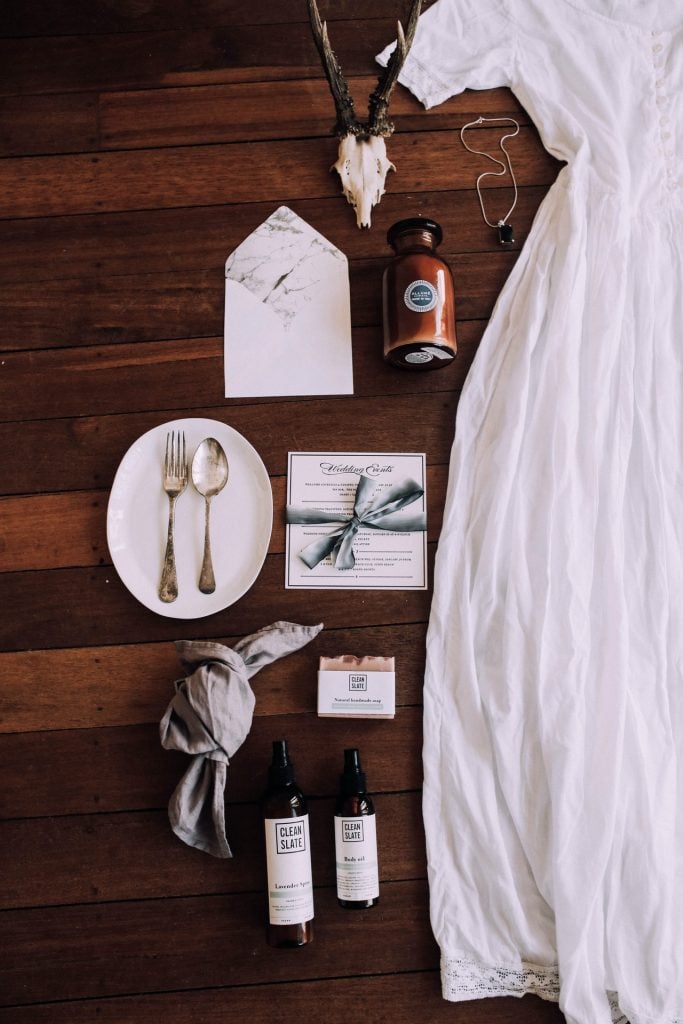
Opt for vintage outfits and pieces.
Couples who want the best for their wedding usually think they have to buy everything brand new. However, brand new does not always mean the best, environment-wise, especially considering the resources and carbon footprint associated with manufacturing a new item.
To reduce the environmental impact, you can check out pre-loved items for your wedding party’s outfits and jewelry instead of buying them brand new. For example, you can opt for a family heirloom for your engagement ring.
Wearing a family heirloom as an engagement ring shows the family’s acceptance and eagerness to welcome its new member. You can also choose your engagement ring from a catalogue of antique and vintage rings, which provides you with a unique, classy, and more affordable selection.
For the wedding gown, you can refashion your mother’s or grandmother’s wedding dress to suit modern trends. They would surely appreciate seeing the bride in the same gown they wore down the aisle a few decades back.
You can try hunting at thrift shops for the bridal party’s outfits. You can also bond with the best people in your life as you recreate the movie Wild Child’s shopping scene, wedding style.
Use eco-friendly invitations and decorations
Part of the waste produced at weddings comes from the materials used, such as those used for invitations and wedding decorations. To make your wedding more sustainable, look for more sustainable alternatives to the ones currently used.
For wedding invitations, use recycled paper, which requires less energy and water. Another alternative material is seeded paper, which guests can plant after the event. With proper water and sunlight, the seeds will eventually sprout into flowers, leaving your guests with a beautiful memento from your wedding celebration.
You can also do away with physical wedding invitations by sending digital invites. Doing so reduces the carbon emissions usually generated by traditional paper wedding invitations. Since the invitations are virtual, you save money on printing and delivery costs too.
Aside from invitations, use recycled paper to make signages or table markers during the reception. You can also use chalkboards, which you can repurpose after the wedding.
Use flower petals instead of the traditional plastic confetti sold in stores for the confetti. For table centrepieces, you can fashion vases from old mason jars or wine bottles or make flowers from paper scraps.
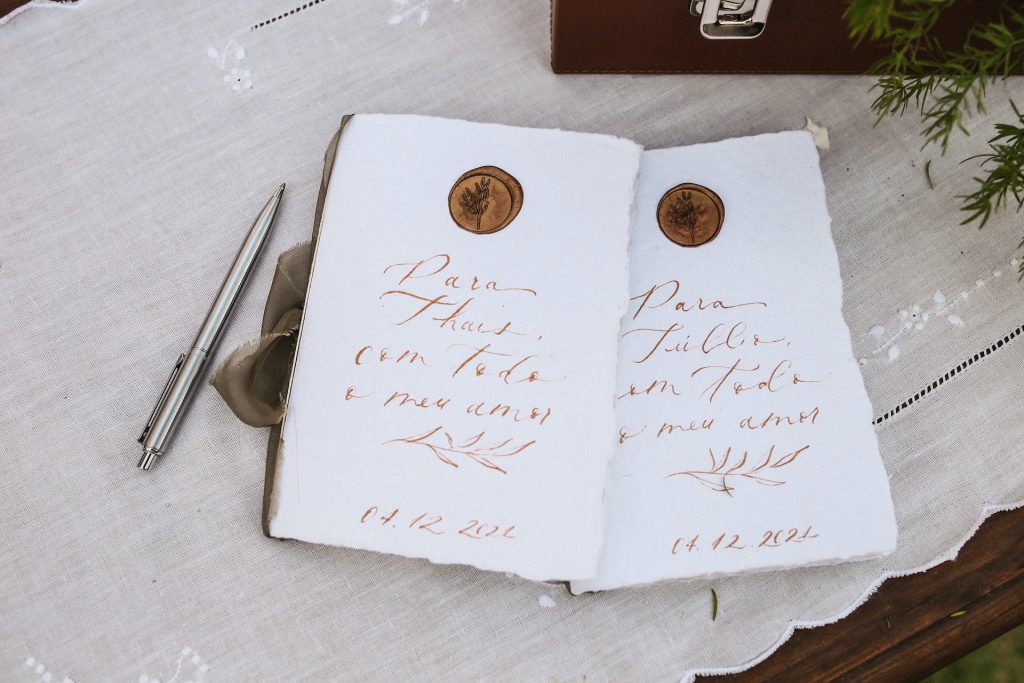
Choose an eco-friendly wedding venue
Go for a venue that generates a lower carbon footprint and subscribes to sustainability practices to make your wedding more eco-friendly. Consider places close to you and your guests. A nearby venue helps you and your guests reduce the carbon emissions associated with travel and save on transportation costs.
If you prefer destination weddings, look into venues that offer accommodation on-site, which minimizes travelling to the wedding venue. Another idea is to choose an establishment that offsets its carbon emissions or uses renewable energy.
For the decorations, minimize the materials used by choosing a naturally scenic venue that fits your wedding theme, such as a field with a majestic mountain backdrop or a garden surrounded by colourful flowers and trees. To hold your wedding indoors, decorate the area with natural decorations such as potted plants. These also make great centrepieces for guest tables.
Many wedding venues offer catering with the use of the place. Before selecting a platform, evaluate whether their food preparation procedures are sustainable and eco-friendly. Check the sourcing of their ingredients. Do they grow the produce used in their dishes? Otherwise, do they buy from local farmers instead of importing? Verify whether their suppliers conform to eco-friendly practices.
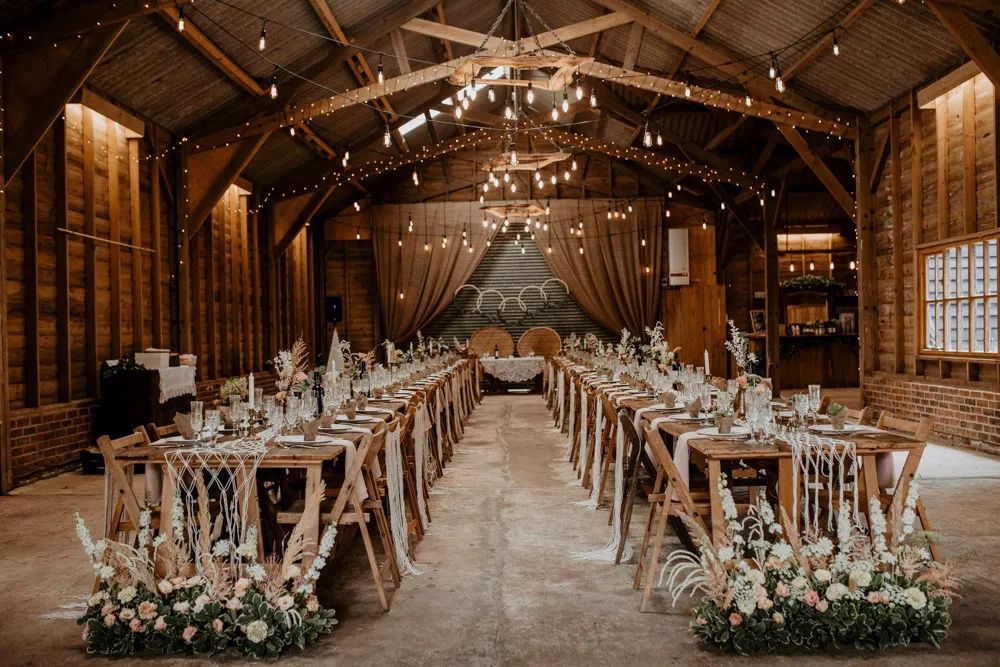
Avoid single-use items
Some waste generated at weddings comes from single-use items, such as disposable decorations, dishware, and utensils. Prevent unnecessary waste by choosing reusable items.
For table centrepieces, use potted plants instead of floral arrangements that use disposable stabilizers like floral foam. These may be returned to the garden or given out as favours to guests after the wedding. If you use cut flowers, ask the florist to use greener alternatives to floral foams, such as sand, pebbles, or marbles. You can also source the blooms locally instead of importing them to reduce the carbon footprint involved in the delivery.
If possible, rent instead of buying brand-new fixtures and equipment, such as tables, chairs, table linens, and glassware. To make the most out of the rented chairs, you can also use them both at the wedding ceremony and the reception area, albeit with a cost for the moving and arrangement.
You can also use items you own to decorate the venue, such as rugs, mirrors, fairy lights, and other specialty items. These items add a more personal touch to the wedding venue while helping you save your budget on decoration costs.
Make a sustainable wedding registry
A wedding registry is a list of items a couple has selected before the wedding to give guests an idea of the gifts they wish to receive. When creating your wedding registry, evaluate and include items you will use. Doing so ensures that the gifts you receive won’t go to waste.
Search and sign up for wedding registries that offer eco-friendly products to make your registry eco-friendly. Browse the catalogue for gifts you like once you have selected a wedding registry. Before adding items to your registry, verify whether the items are truly eco-friendly. Are they made of organic and eco-friendly materials? Are they manufactured using sustainable methods and technologies?
Set up a cash registry website if you prefer to receive money over items. Most couples dedicate their cash registries to a particular goal, such as building their dream home, saving for a family fund, or supporting charity. Inform your guests about the plan for the cash registry as a courtesy.
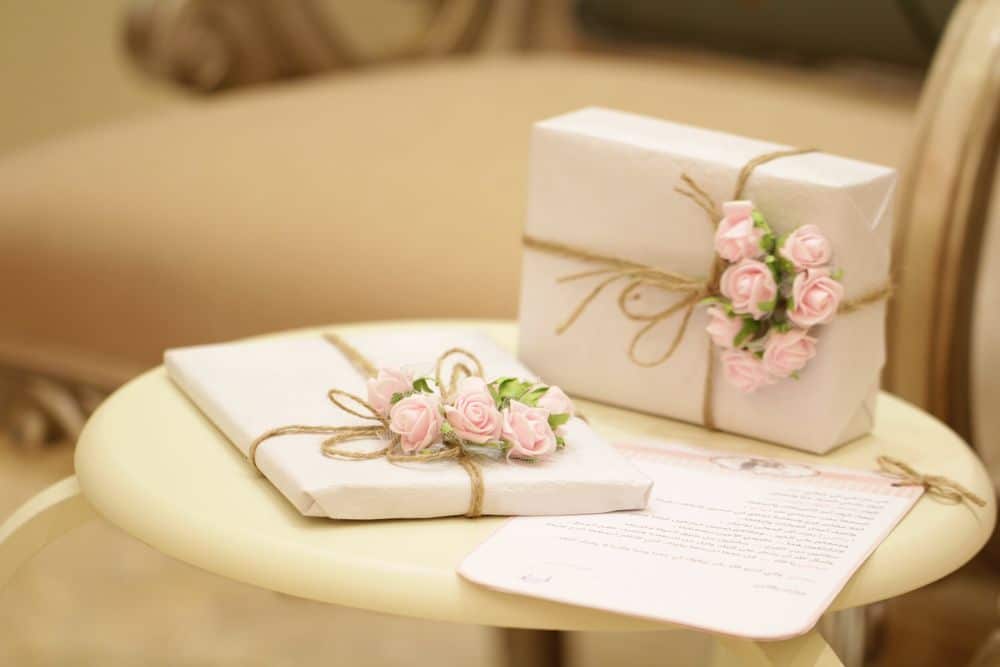
Find uses for wedding decorations
Once everything is said and done, it’s time to clean up everything used at the wedding. Instead of throwing the decorations away, consider finding alternative uses for them. Floral decorations, in particular, can be used in many different ways.
For example, you can donate flowers to nonprofit organizations that run floral donation programs. Some venues also accept floral wedding arrangements, which they can use to decorate. For the bouquet, you dry them or press them to create a beautiful bookmark that would remind you of your special day.
For custom decorations such as wedding signs and photo displays, you can bring them home after the ceremony. Display them on console tables or hang them up to make a gallery wall that will remind you and your loved ones of your special day.
To plan a sustainable and eco-friendly wedding, be conscious of each stage of the wedding preparation process and be intentional with all the items and decorations you use. When you follow the recommended steps, you can enjoy your wedding more, knowing that you’re celebrating your love while advocating for something you’re passionate about—environmental protection.













